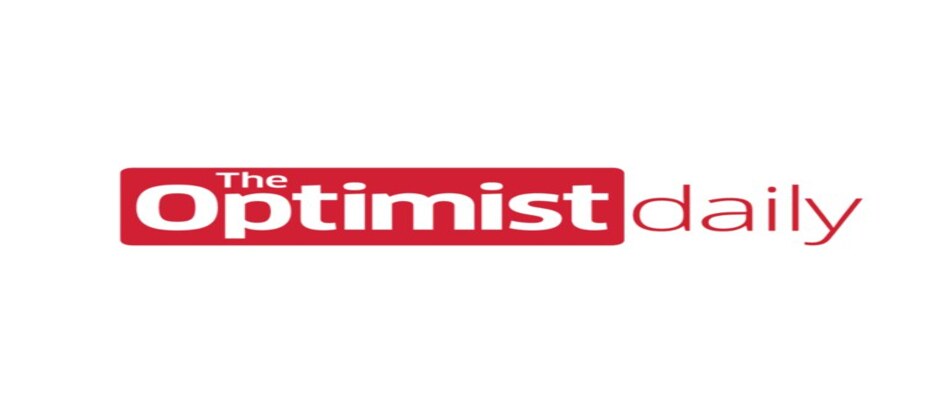“Don’t wait for economic growth to reduce inequality—because it won’t. Instead, create an economy that is distributive by design.” – Kate Raworth
BY Amelia Buckley
Years ago, before I decided that my writing skills were far stronger than my calculus abilities, I sat in an introductory economics course at my university and was shown an image that makes its way into the first days of every Econ 101 course: the supply and demand chart. This simple two-line graph is the basis for modern economics, yet it leaves a lot out of the picture. Sure it explains why gas gets more expensive in the summer (more road trips = more demand), but what about the time a mother spends making her children breakfast every morning? Or the environmental cost of mining for more precious minerals?
These fairly significant aspects of our lives which economics dismisses as “externalities” are why I marched out of the economics department and headed for the humanities building. It’s also why a growing number of economics scholars are calling for a change to our centuries-old understanding of the traditional economic model.
the economics department and headed for the humanities building. It’s also why a growing number of economics scholars are calling for a change to our centuries-old understanding of the traditional economic model.
The “doughnut model,” conceived by economist Kate Raworth, quite literally takes the form of a doughnut where the outer ring represents our world’s ecological ceiling and the inner ring represents the minimum social foundation that allows all humans to live a comfortable and safe life. The basis of our outer ring is the boundaries of environmental balance which our economies and societies must live within as part of the natural world. This outer ring includes factors such as protected biodiversity, natural carbon emissions levels, fresh water, and clean air. The inner ring, representing social welfare and human thriving, includes food, water, shelter, safety, gender equality, and more. It also includes the only monetary metric present in the entire metric: a livable wage.
In Raworth’s model, all of humanity and our economies must reside between these two rings, in the dough of the doughnut, where we provide a safe, comfortable, and equal life for all humans without overstretching the ecological limits of our planet.
The birth of the doughnut
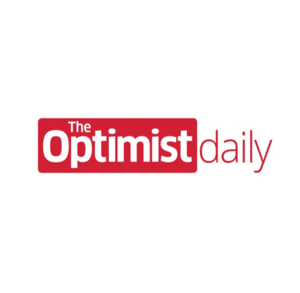 Raworth studied economics at Oxford University in the 1990s and was shocked at the pervasive idea that unpaid care work, community activism, charitable work, and harm to our planet were all dismissed as “externalities.” This ignited her thought process, but it would be another two decades, while working for an anti-poverty nonprofit, before she drew her famous doughnut diagram.
Raworth studied economics at Oxford University in the 1990s and was shocked at the pervasive idea that unpaid care work, community activism, charitable work, and harm to our planet were all dismissed as “externalities.” This ignited her thought process, but it would be another two decades, while working for an anti-poverty nonprofit, before she drew her famous doughnut diagram.
Along the way, she was influenced by the work of thought leaders like Hazel Henderson. In 1982, in an effort to explain her research to her daughter, Henderson drew a diagram of a cake. The top layer was the “public sector,” but underneath that were the “love economy” and “mother nature.”
The love economy refers to all unpaid care work: parents caring for children, children caring for elderly parents,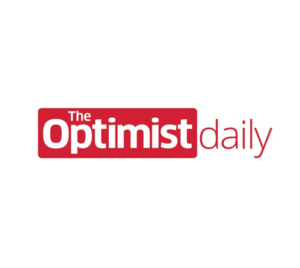 community volunteer work, and more. Mother nature, making up the base layer, is the critical foundation on which everything else in the systems sits. The diagram also includes a small central layer for the underground economy, not taken into account in GDP. The private sector takes the form of the icing on top of the cake. Most visible, but ultimately just a small piece of the larger puzzle. Although many praised her revolutionary model, Henderson’s ideas were ahead of her time, and when she eventually wrote her book, The Politics of the Solar Age, economics professors went as far as to take it off the library shelves at their universities.
community volunteer work, and more. Mother nature, making up the base layer, is the critical foundation on which everything else in the systems sits. The diagram also includes a small central layer for the underground economy, not taken into account in GDP. The private sector takes the form of the icing on top of the cake. Most visible, but ultimately just a small piece of the larger puzzle. Although many praised her revolutionary model, Henderson’s ideas were ahead of her time, and when she eventually wrote her book, The Politics of the Solar Age, economics professors went as far as to take it off the library shelves at their universities.
Henderson and Raworth found common ground not only in expanding the definition of factors of an economy but also in the shared distaste for GDP, gross domestic product (or GNP, gross national product). GDP refers to simply the total monetary value of all goods and services produced by a country. While this may seem like both an incredibly narrow and broad metric, it inherently fails to value any social factors beyond money and production. It does not take into account, for example, income inequality, education, health, happiness, or human rights.
Other metrics, such as The United Nations Sustainable Development Goals (SDGs), the Human Development Index (HDI), and the Gross National Happiness Index (GNH) all aim to broaden our definition of success as nations, but have not yet been adopted as widely as GDP. These types of metrics are key in more just economic systems like the doughnut model
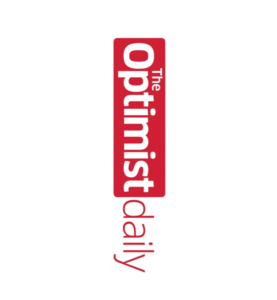
Herman Daly’s “Empty World, Full World” diagram also influenced Raworth. The diagram makes a powerful statement about how human economic systems have grown beyond the Earth’s carrying capacity and natural resources are being consumed at an increasingly unsustainable rate.
Armed with the power of these diagrams, Raworth was inspired to draw her own: An economic diagram for the 21st century. She drew two circles, a doughnut, and used the scientifically determined nine “planetary boundaries” for the outer ring and the 12 essentials for human life on the inside. Raworth and her influencers all saw visual imagery as an important tool for demonstrating the possibilities of a more just economic system. A cake, a doughnut, a diagram…they all serve as imagery for a more holistic picture of how the true economy works.
Raworth turned her diagram into a published paper in 2012 and a book, Doughnut Economics, in 2017. Her ideas have been so influential that several cities are now putting the new economic model to the test.
Case Study: Amsterdam
If achieving doughy perfection seems like a momentous task, you’re not wrong, but many cities are already investing in meeting the goals laid out by the doughnut model. Last year, as we all contemplated how to build back better from a global pandemic, Amsterdam made the decision to revitalize their city with a new strategy that would truly make it a more equitable and sustainable place than ever: doughnut economics.
Guided by Raworth’s Doughnut Economics Action Lab (DEAL), Amsterdam is bringing all 872,000 of its residents into the doughnut with new policies and infrastructure projects. The city introduced new standards for sustainability and the circular use of materials for all contractors in city-owned buildings. When the city realized thousands of residents didn’t have access to a computer with public libraries closed, they organized a drive to collect old or broken computers and repaired them to be redistributed to 3,500 residents in need, tackling the digital divide and e-waste simultaneously.
When the city announced a plan to reduce the negative impact of fast fashion, clothing companies based in Amsterdam came together to design a plan to produce 3 billion garments that include 20 percent recycled materials by 2023. The city has also launched a “true-price initiative” which prices goods based on the true cost to make them. A true-price tag for a bag of zucchinis displays the total price of the item, broken down into descriptive categories: 6¢ extra per kilo for their carbon footprint, 5¢ for the toll the farming takes on the land and 4¢ to fairly pay workers.
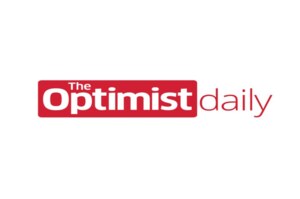
Perhaps the city’s most ambitious project is IJburg, a six-island archipelago built in the water of Lake IJssel. The buildings are designed to be zero-emission and will be prioritized as low-income housing.
Marieke van Doorninck, Amsterdam’s deputy mayor for sustainability and urban planning notes that the pandemic provided the perfect backdrop for this momentous change. “I think in the darkest times, it’s easiest to imagine another world.”
How do cities embark on a doughnut transformation? Raworth co-founded the Doughnut Economics Action Lab (DEAL) which is helping municipalities put the theories of doughnut economics into place with tangible local action.
Case Study: Brussels and the doughnut process
In Brussels, the concept of doughnut economics is being applied to the capital region through a four-tiered scaled system. DEAL wanted to create a system in Brussels that was “distributive by design,” so they took action by looking at four different levels of policy, from the macro to the nano.
The macro tier looks at the whole vision which DEAL, communities, and policymakers have for the city. The macro-level of the plan includes long-term goals for the city and the role that different institutions play in achieving those goals.
The next tier, meso, looks at political measures that can be taken to achieve a doughnut system. This includes collaborating with public administrators and officials on what steps are most impactful from a local government standpoint. For Brussels, some of these measures include updating building codes to prioritize renewable energy and adjusting zoning to allow for more urban farming.
The third tier down, micro, looks at what initiatives are already taking place successfully “within” Brussels’ doughnut and how can the concepts behind those successful programs be shared with other sectors. Some of these examples include the renovation of a building using strong reuse and co-creation principles as well as the development of a collective housing project on common land. Looking at examples of doughnut principles in action offers valuable insights for how to implement even more sustainable projects.
Lastly, the nano tier explores the impact of a doughnut economy on the everyday items, people, and places we engage with. DEAL encourages both public officials and everyday citizens to think about how their day-to-day lives would change for the better within a doughnut system. What if the apple you ate this afternoon was grown down the street? How much more nutritious and sustainable would it be? What if you sold your car and participated in an EV share program instead?
Beyond capitalism
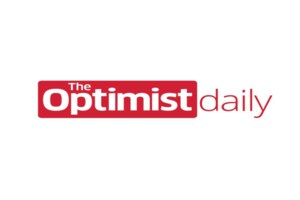 Critics of the doughnut model point to capitalism’s history of lifting populations out of poverty, but with income inequality and environmental degradation at an all-time high, it’s clear we need to rethink the system. That is not to say that the doughnut model does not take into account economic prosperity. This is the foundation of the inner ring. However, the model emphasizes prosperity for all, rather than GDP growth by any means necessary.
Critics of the doughnut model point to capitalism’s history of lifting populations out of poverty, but with income inequality and environmental degradation at an all-time high, it’s clear we need to rethink the system. That is not to say that the doughnut model does not take into account economic prosperity. This is the foundation of the inner ring. However, the model emphasizes prosperity for all, rather than GDP growth by any means necessary.
The doughnut model lays out a foundation for a more successful economic model, but there is not necessarily a right or wrong way to implement it. More realistically, achieving a doughnut economy will look different in different countries. For example, while renewable energy is a critical aspect of remaining within the ecological boundaries of our planet, countries like Scotland will gain far more from investing in wind energy than solar.
The origins of capitalism as an economic system date back to the 16th century. Our current economic model is so ingrained in our brains and our institutions that it is understandably difficult to imagine a radically different world. But not impossible. Raworth writes in her book, “Rethinking economics is not about finding the correct one (because it doesn’t exist); it’s about choosing or creating one that best serves our purpose—reflecting the context we face, values we hold, and the aims we have. As humanity’s context, values and aims continually evolve, so too should the way that we envision the economy.”
If you ask people what they want in life, rarely will they just say “money.” Most will say things like “a loving family,” “a stable job,” or “to be happy.” Although money plays a role in achieving stability, there are so many more factors that go into a functioning society that often get overlooked in our current economic system.
The doughnut model offers an opportunity to recognize the role that money plays in our society, and then move beyond it to address the true components of happy and healthy communities. As Raworth puts it: “Calling all economic rebels: humanity’s future depends on you. Yes, really. Because, unless we transform the economic and public debate, we stand very little chance indeed of thriving in this century.”



